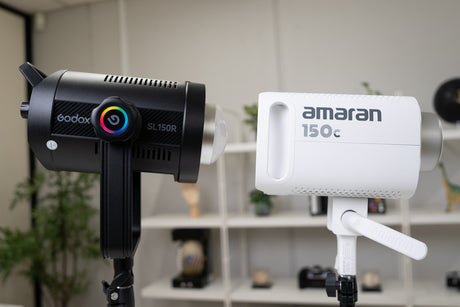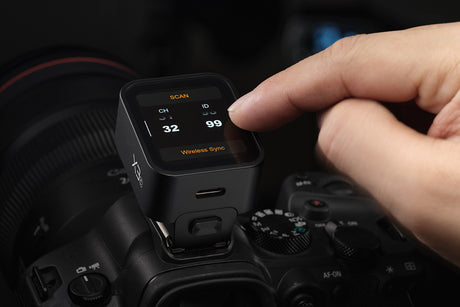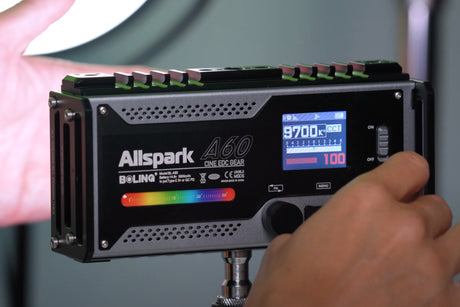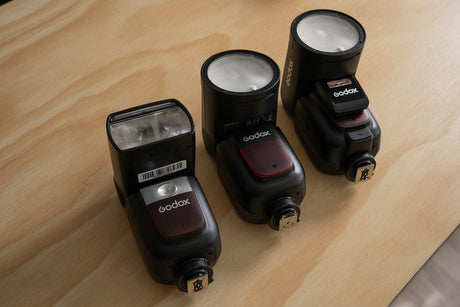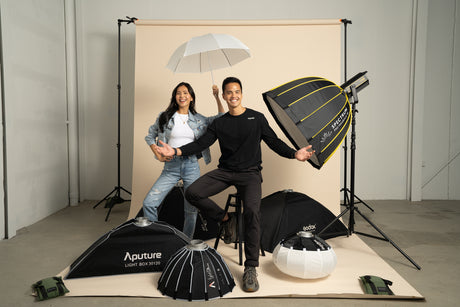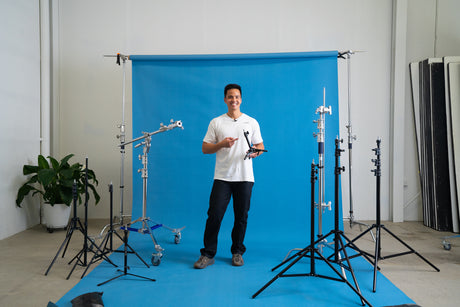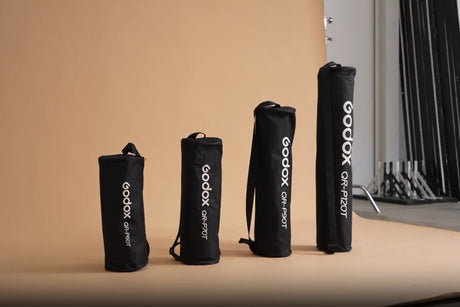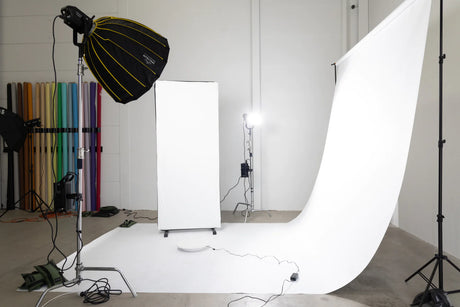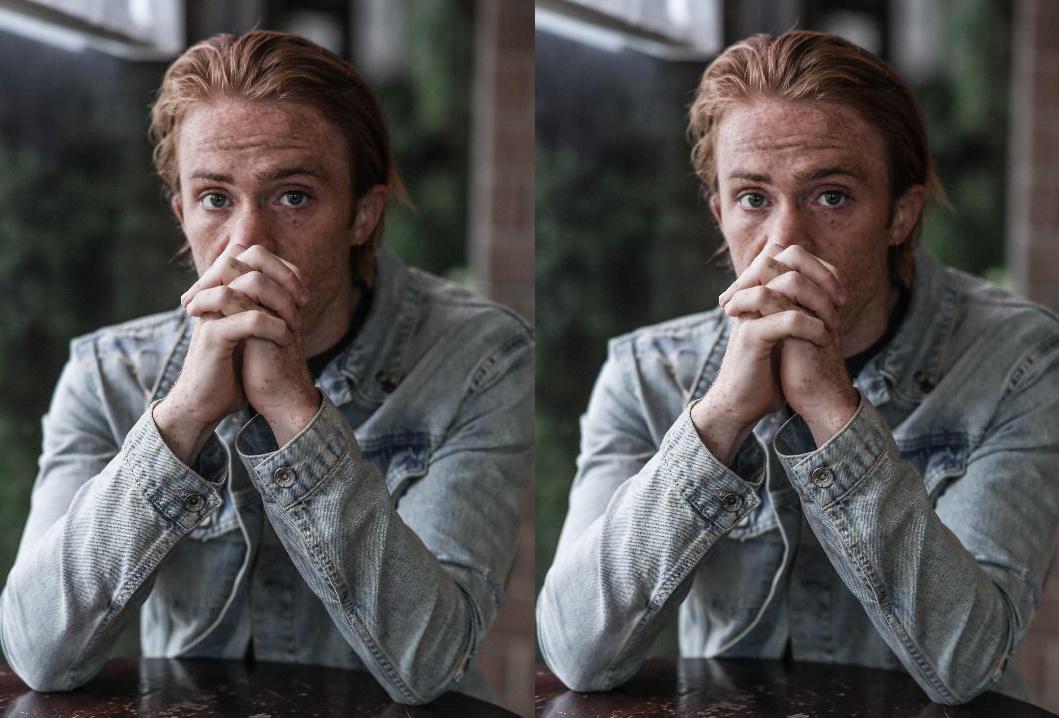
Are you put off by how complicated portrait photography can seem if you’re new to it?
Don’t be. In this article, you’ll find out what portrait photography equipment you need, and the 10 styles and approaches to portrait photography that you really need to know.
Do I Need Lots Of Expensive Portrait Photography Lighting?
Not at all. A basic lighting kit with two flash heads and two stands is all you need to start out with, and for some portrait photography techniques, you’ll be able to use natural light if you like.
Basic Equipment
Flash Heads
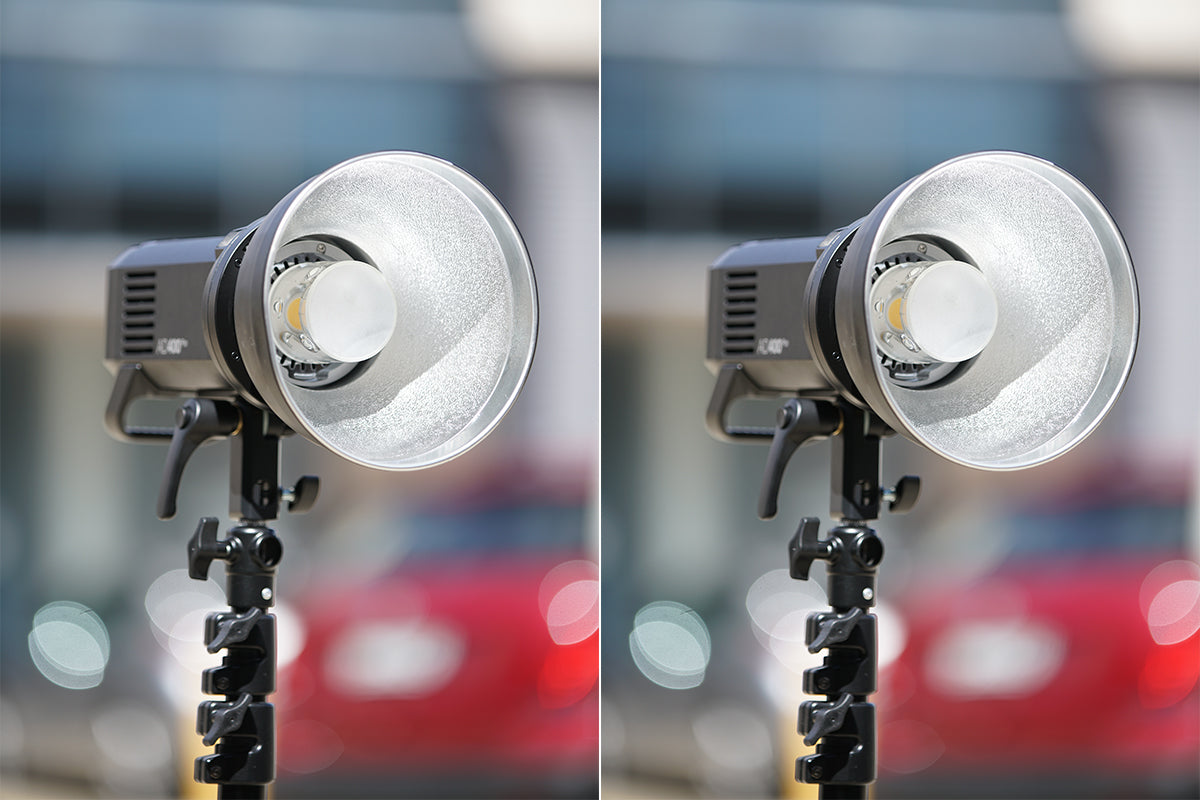
As mentioned above, flash heads are a must-have piece of portrait photography equipment if you want to shoot indoors or in a studio. You don’t need loads of lights, just one will do to start off with, but two is better, and will give you far more versatility in portrait photography lighting styles.
Light Stands
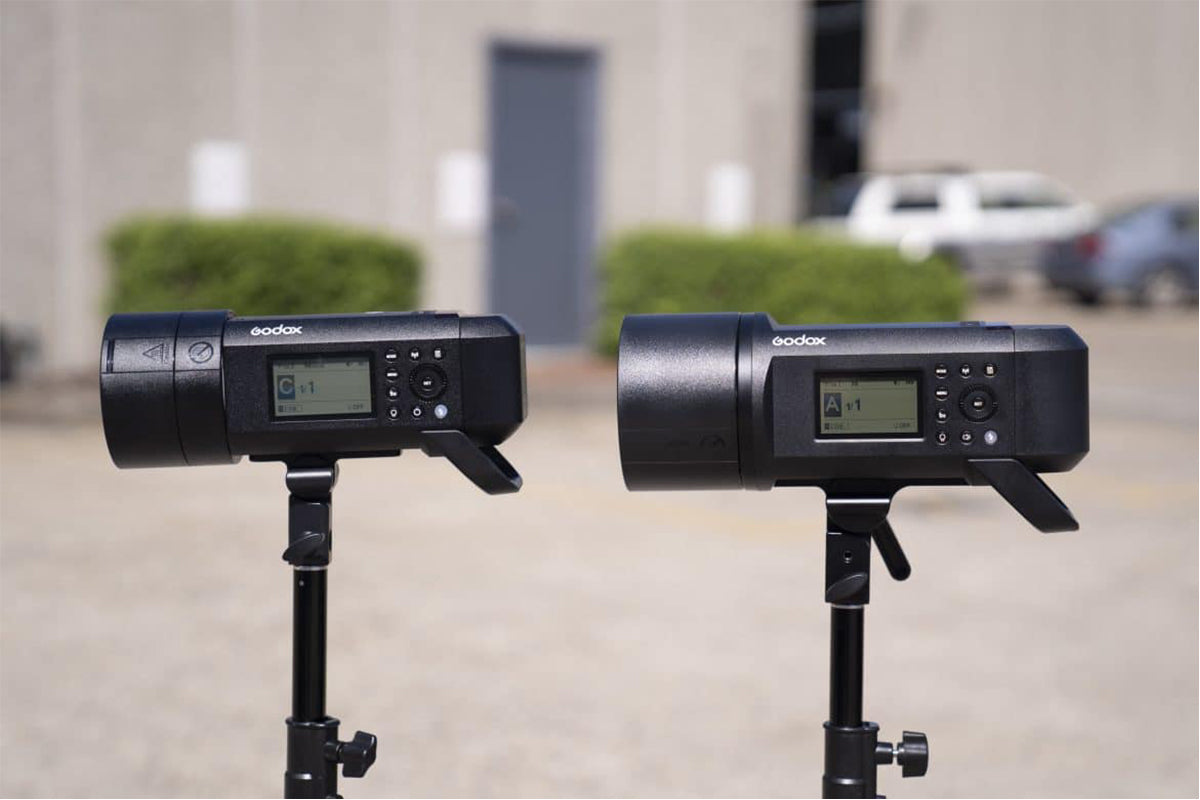
These are essential for supporting your flash heads safely, and can be adjusted to different heights and angles. They also fold down for easy storage.
Modifiers
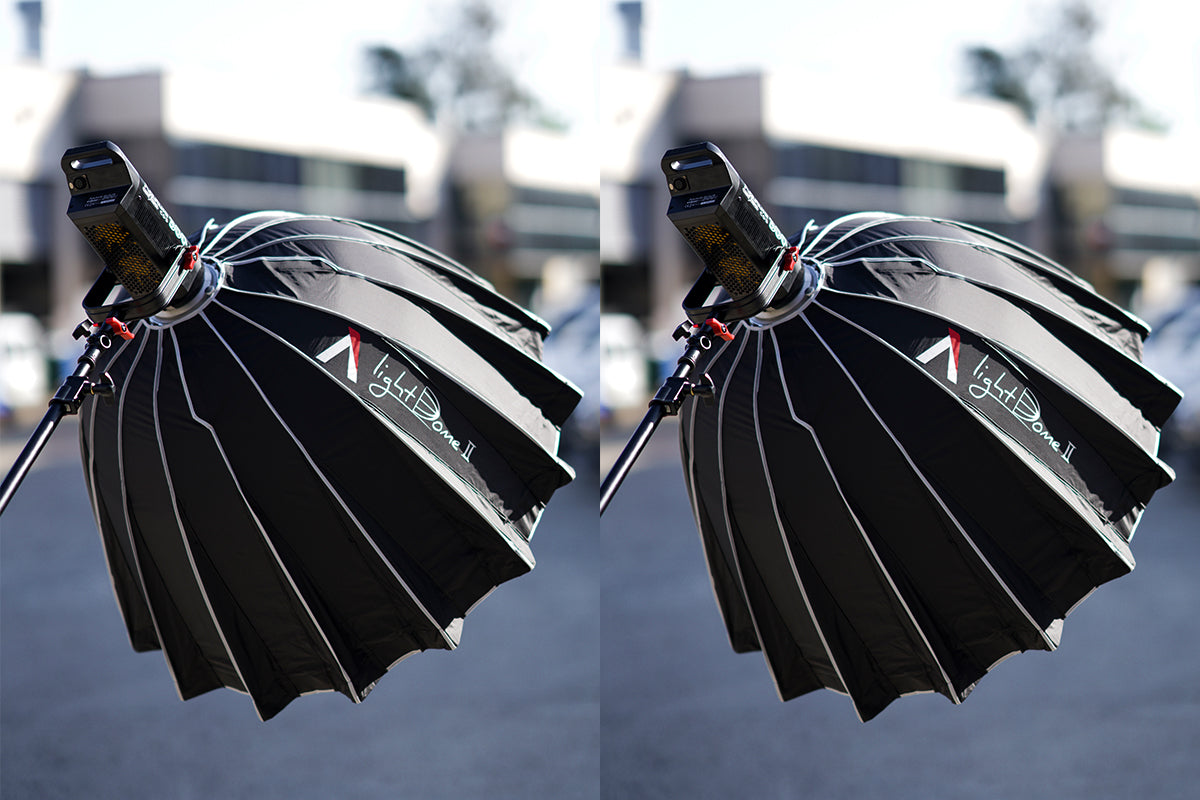
To start with, a softbox like the Aputure Light Dome II is probably the best option until you get used to using your lights. Softboxes are like tents that go around your flash head, and diffuse and bounce the light, so that it’s far softer than it would be with a bare flash head. This makes them great for portrait work, as well as product, food and fashion photography.
The Aputure Light Dome II has two types of diffusion material, and that allows you to choose between the 1.5 stop diffuser, and the 2 stop diffuser, which lets less light through. It also comes with a 40 degree grid, which will give you a harder-edged, more defined lighting style.
Tripod
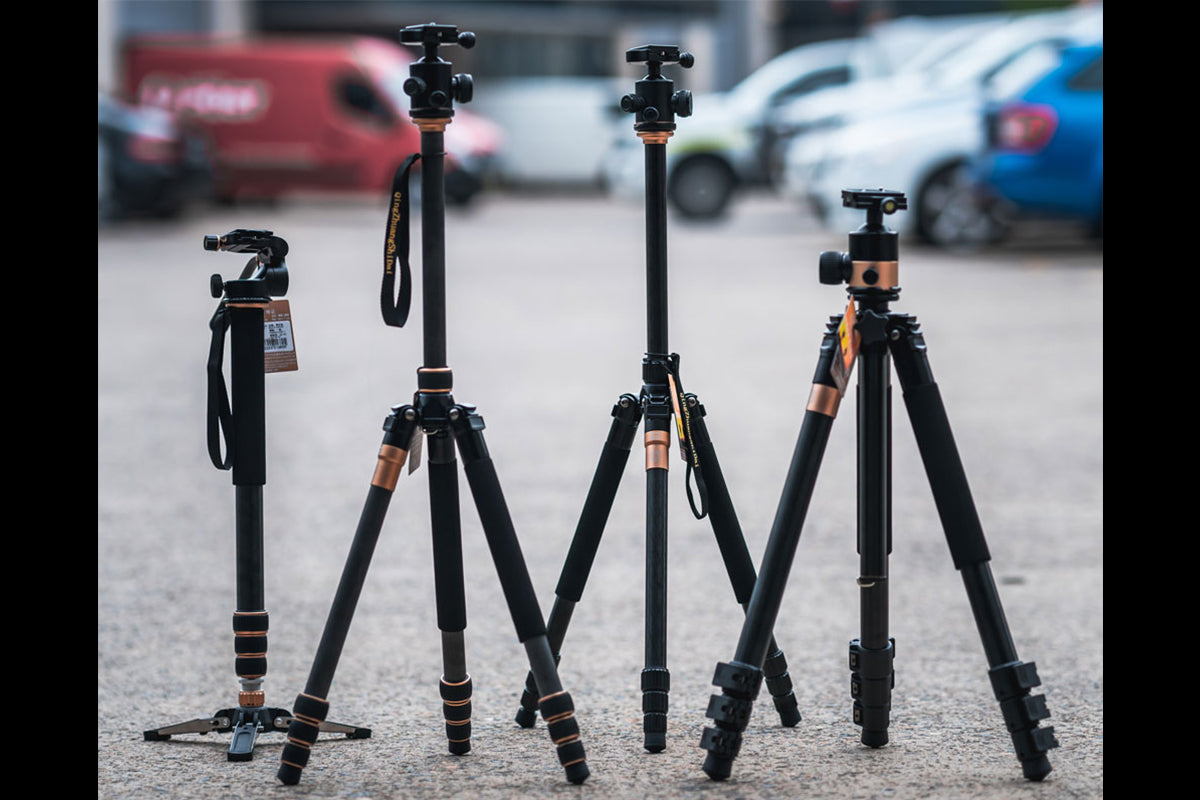
Although a tripod isn’t a strict necessity for using with flash heads, it’s still useful to have one, especially if you plan on doing outdoors shooting, or working in low light. Tripods like the Beike Q99C Carbon Fiber Tripod/Monopod with Ball Head support your camera safely and securely at different angles, and this model is sturdy yet lightweight, making it an ideal tripod for travelling around with.
Reflectors
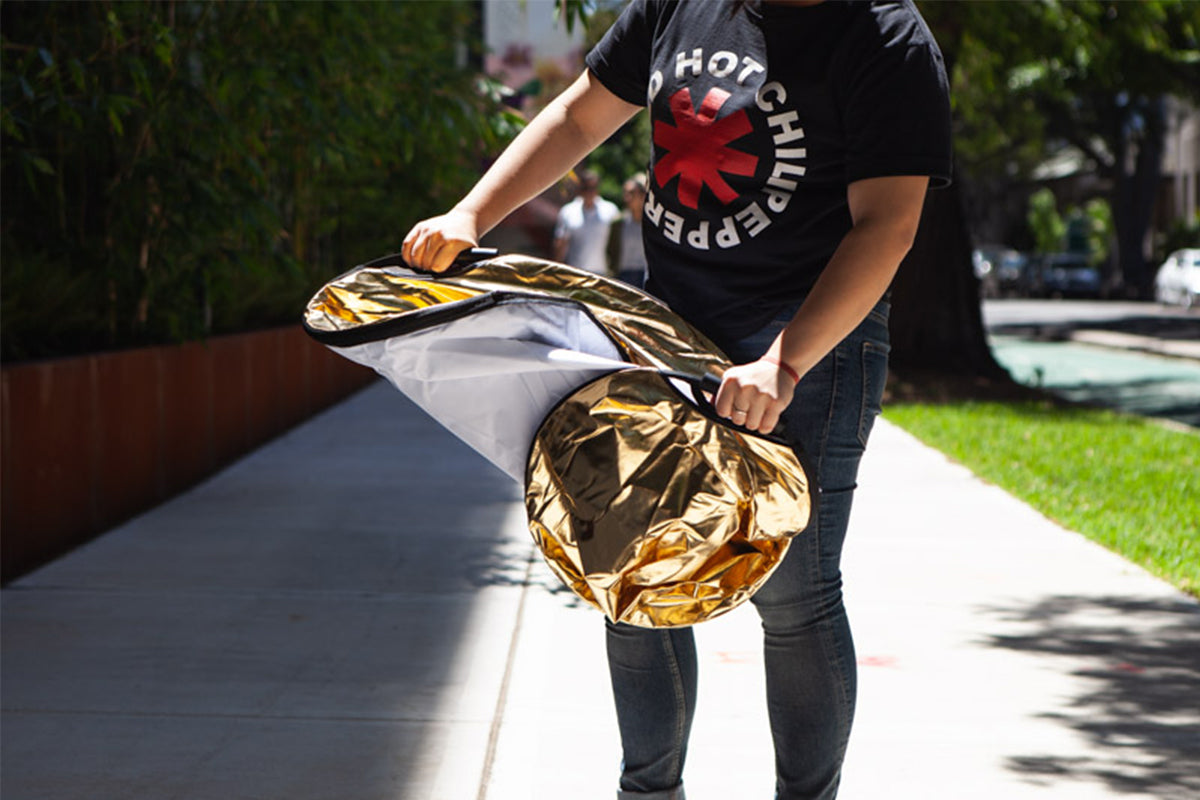
These are the most inexpensive piece of portrait photography equipment, yet one of the most useful.
Reflectors are used to bounce extra light back into the shadow parts of your image, and they do make a massive difference to the look of the portrait.
They are made up of a flexible inner part, which is covered with white, silver or gold material. They are often circular, and fold down into a bag for carrying.
Styles & Approaches to Portrait Photography
Portrait photography isn’t all about sitting someone down in a studio and taking headshots. There are several different styles, and it’s about finding the type that suits you and your way of photographing.
1. Traditional
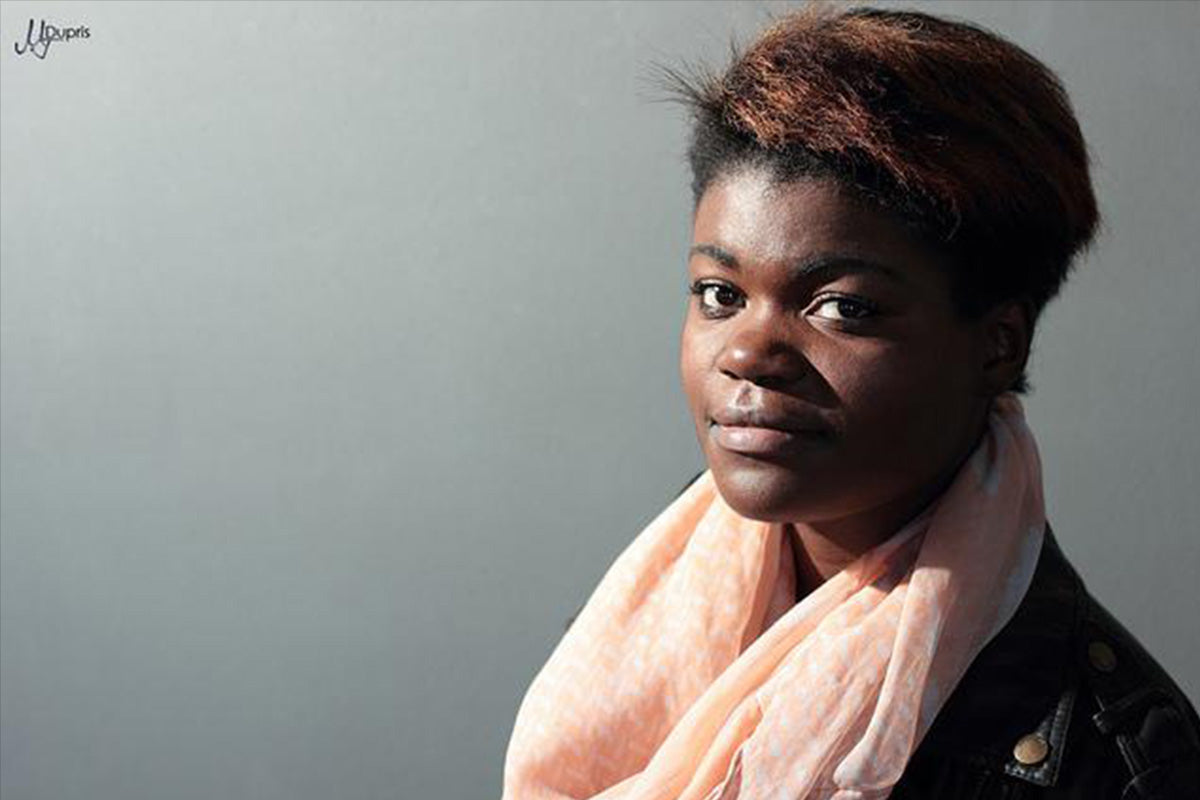
Traditional portraiture is very much about the face and expression, so it tends to be either a headshot, two-thirds, or full-body. It’s the classical style of portraiture, and is generally meant to portray someone as they actually are - so no outlandish poses!
Subjects in this approach to portrait photography tend to look directly at the camera, so strong eye contact is important to get the full impact.
Camera height and angle need to be carefully thought out beforehand. If your subject is sitting, you should sit too, so as not to be too far above them when shooting.
2. Environmental
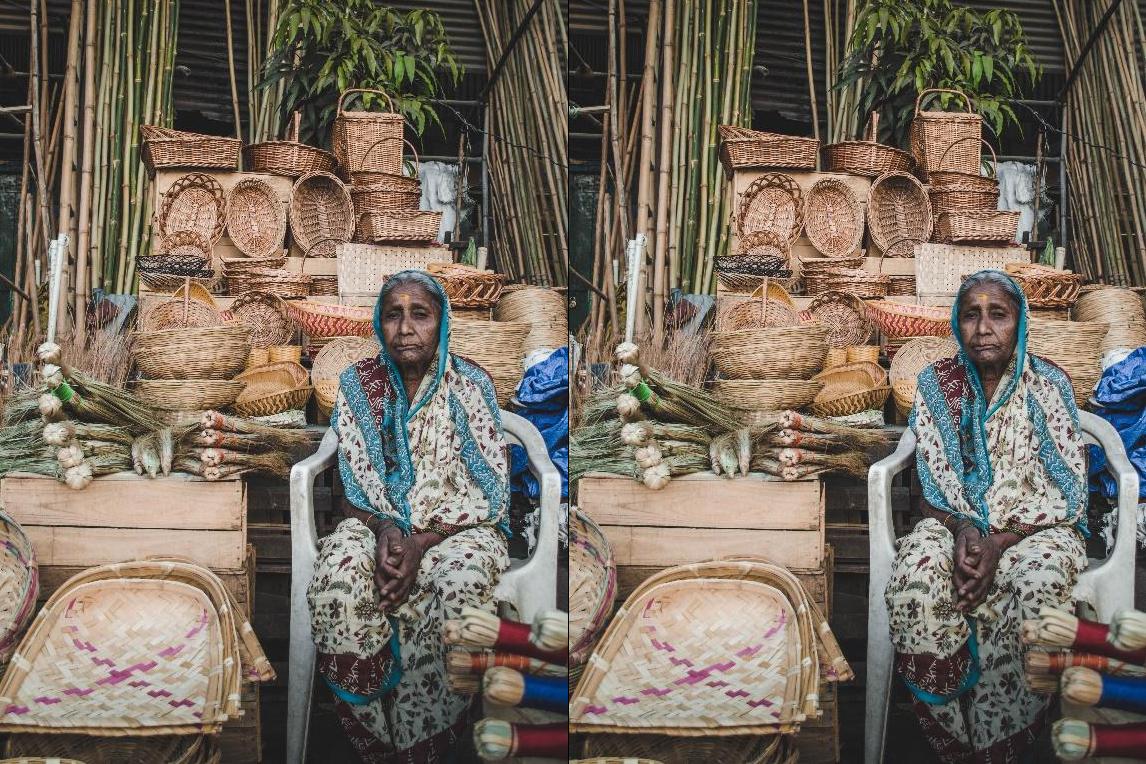
Environmental photography is generally about the subject’s relationship with his or her environment. For example, a portrait of a chef in a kitchen, an artist in their studio, or a seller with their wares, as in the image above.
This approach to portrait photography isn’t to be confused with candid images of a person at work – environmental portraits are usually posed and thought out beforehand, and the subject is fully aware that they are being photographed.
3. Candid
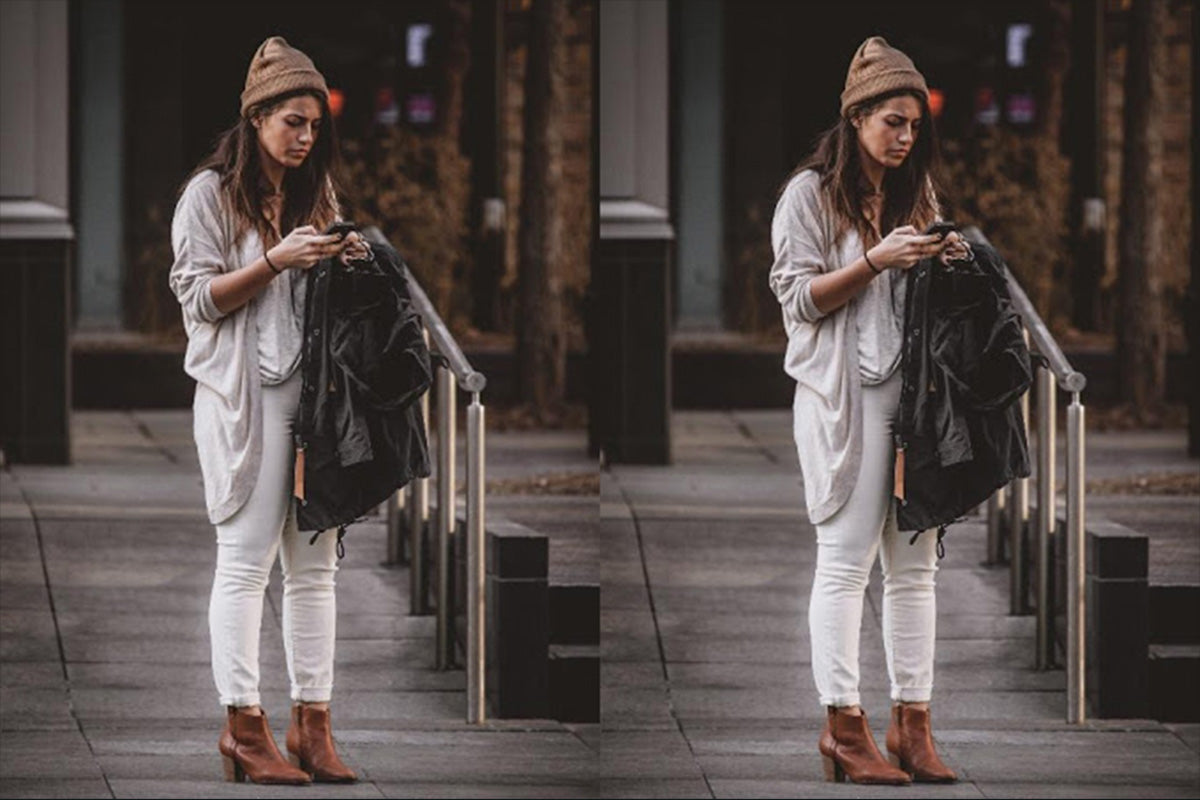
The subject in a candid image is usually unaware that they are being photographed, and because of this lack of awareness, candid images often give us a powerful glimpse of a person’s real emotions or motivation.
Street and documentary photography tend to fall into the candid category – but not always.
4. Glamour

The glamour portrait photography technique is used to give the subject an alluring look, and is intended to heighten their sex appeal or romantic appearance. Boudoir photography is an offshoot of glamour portraiture, and has become very popular in recent years.
Glamour portraits are often shot with a beauty dish, such as the Hypop Bowens Collapsible Beauty Dish. This kind of portrait photography lighting gives a smooth, even light that makes skin look great.
5. Lifestyle
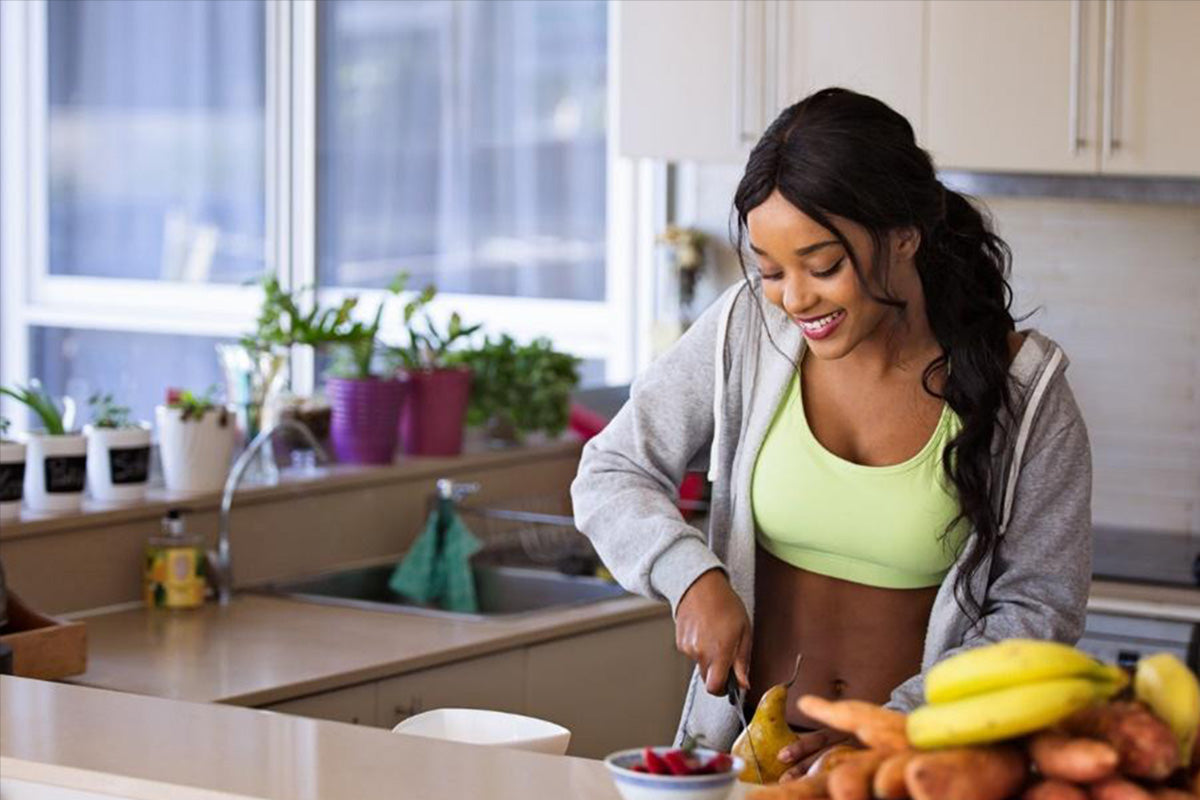
Often used in advertising imagery by brands wanting to promote an “aspirational” type of living that involves their products. It’s not so much about the people, but the way they live their lives, and is a mixture of posed, candid and environmental photography.
Lifestyle is also popular in wedding and family portrait photography, and can be done indoors or out, but it is always bright and cheerful. For shooting lifestyle images indoors or outdoor, the Godox AD400Pro Witstro Portable Outdoor Flash Strobe and the Godox AD600 Pro are the perfect portrait photography lighting solutions.
6. Surreal/Conceptual
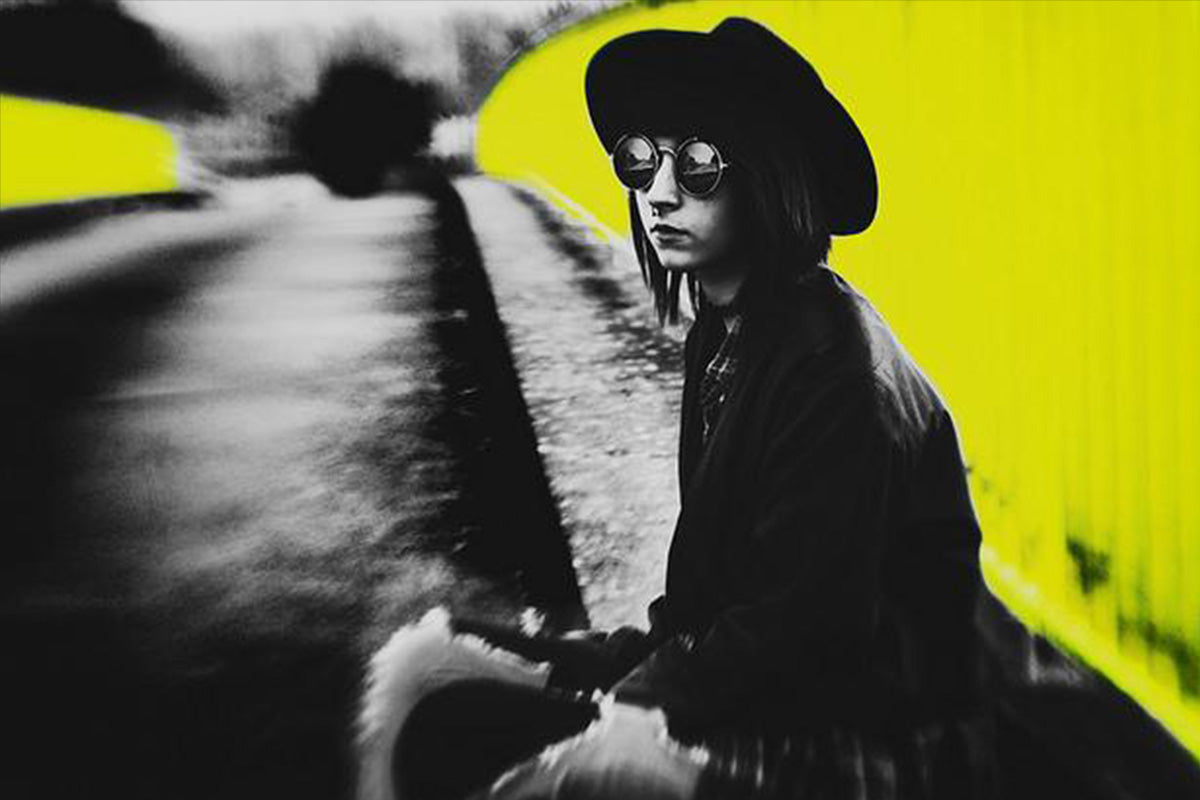
This approach to portrait photography owes a lot to fine art. Surrealism is taking the everyday and adding another dimension, so that you see a different reality, like in the image above.
Conceptual work is often seen in fine art photography, high-end advertising or fashion editorial imagery, where it is not always clear what the message in the image is. It’s often ambiguous, and up to the viewer to decide. The image below is conceptual:
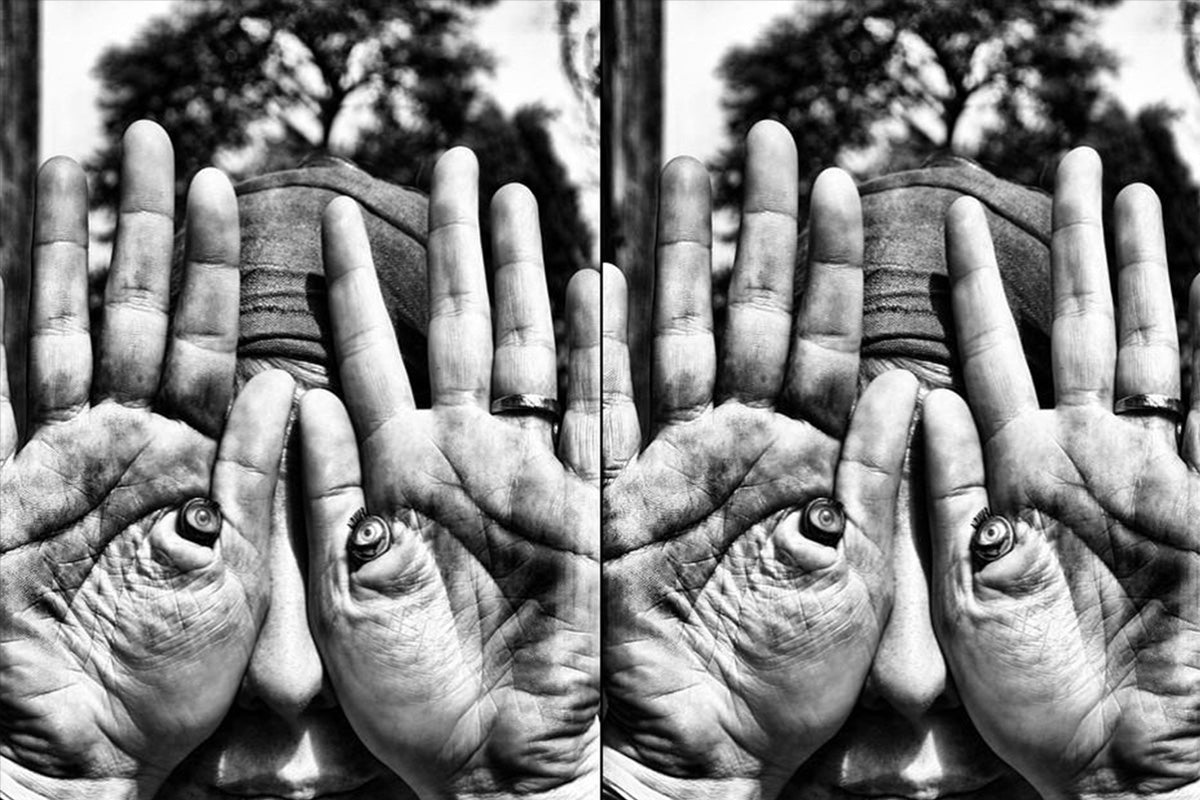
7. Close-Up/Macro
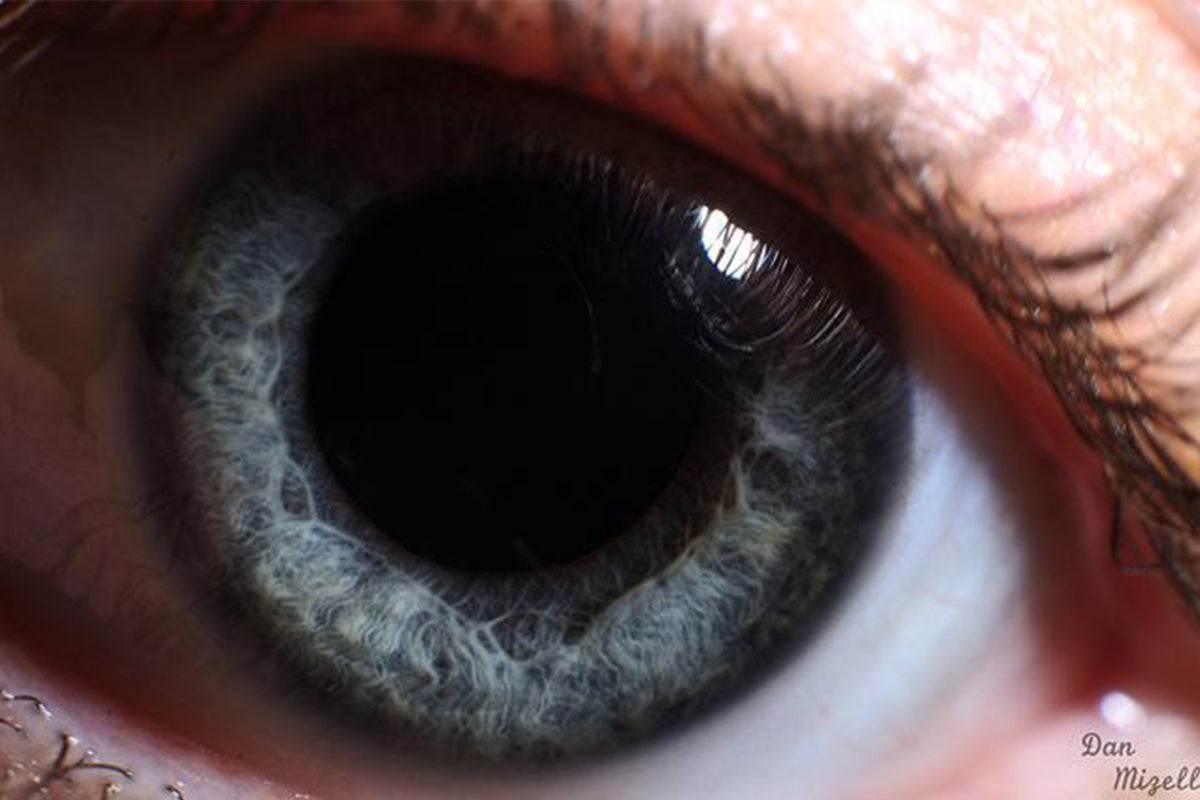
Close-up or macro portrait photography involves extreme close-up shots of a subject or part of a subject. With people, you can bring out the detail in an eye or the texture of the skin.
This kind of image requires extra portrait photography equipment, such a macro lenses and a tripod for best results.
8. Abstract
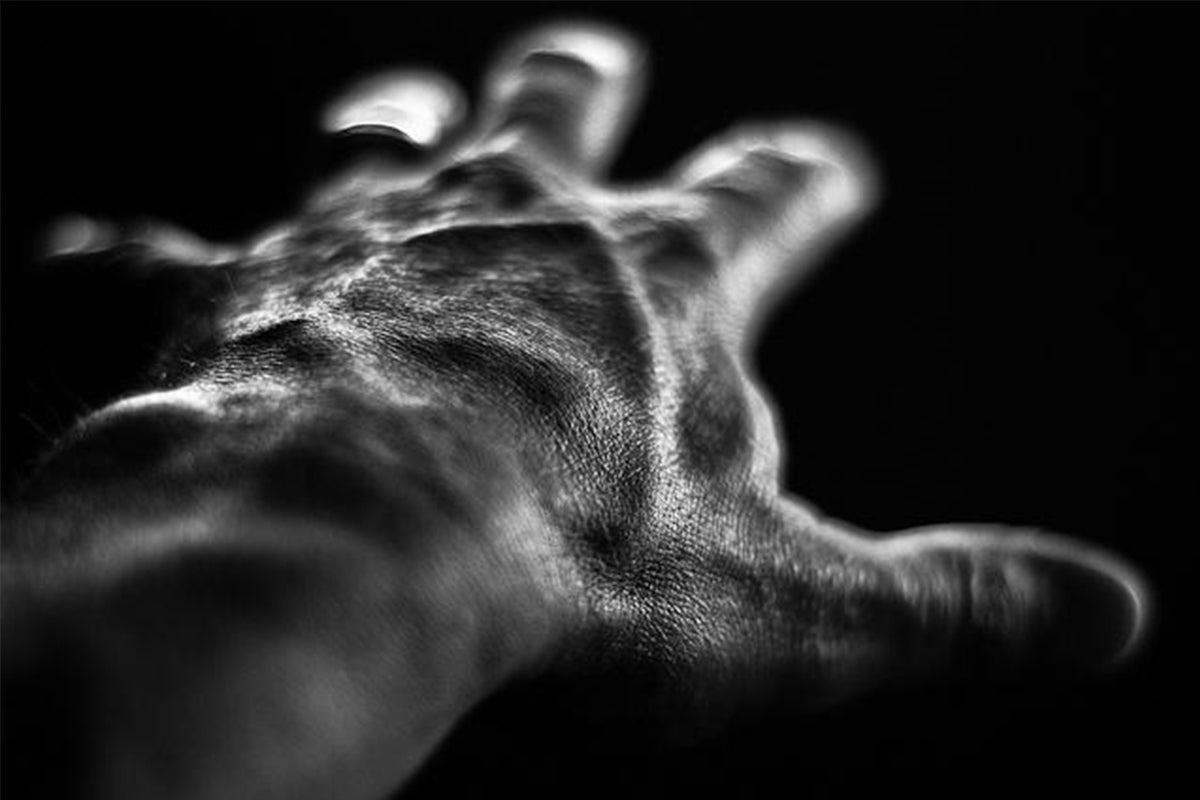
Abstract portraits are of parts of a person, and are often used in fine art photography. They may or may not be made into collages and parts of larger works.
9. Formal

Formal portraits are an approach to portrait photography that is used in business, school and often ID photos.
Corporate headshots and portraits like the one above are posed to give the subject an aura of professionalism.
10. Street
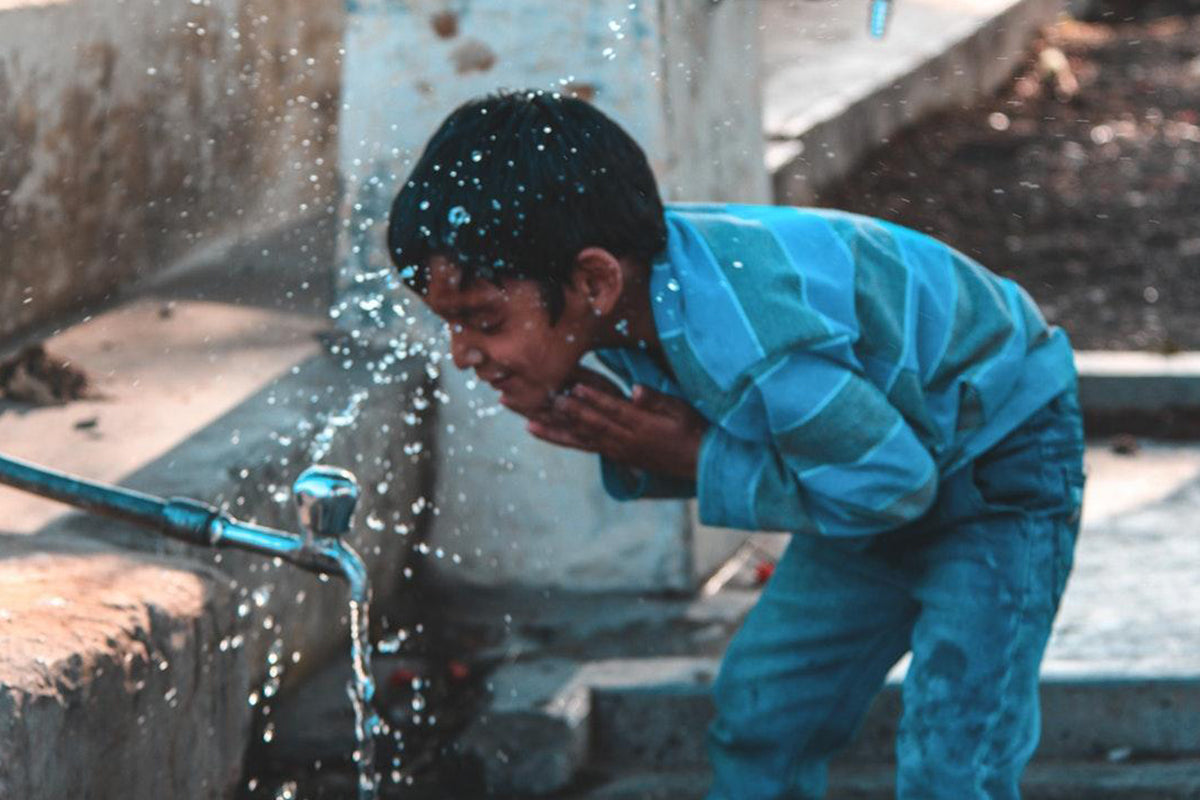
Street styles and approaches to portrait photography can be candid or posed. Great street photos are taken simply by wandering and immersing yourself in the people around you.
For inspiration, look at the work of Henri Cartier-Bresson, Vivian Maier or William Egglestone – all brilliant street photographers of the past.
Conclusion
There is no one “correct” style or approach to portrait photography, just as there is no “right” way to take a photograph. Portrait photography is subjective, just like any other type of photography, and each viewer will see a photo differently. That is part of the beauty of photography!
Above all, don’t be afraid to experiment, or to make a mistake – we all make them, and even the great photographers have made plenty of mistakes along the way!
If you're still figuring out what style of photography you'd be most suited for, check out our blog post 'How to Find Your Style in Photography (Find Your Niche) here.



